Ubon - Thailand ***
Ubon – Thailand ***
Early 1945 fit and light sick POWs from hospitals and relocation camps were sent to new locations in Thailand to construct airfields for the Japanese Air Force – to support the army and should Japan need to retreat.
Ubon is located in the north-east corner of Thailand near the Laotian border. It was to assist Japan’s war effort in north-eastern Thailand and Indo-China.
Ubon Aerodrome Camp was located outside the town of Ubon Ratchatani, some 390 miles northeast of Bangkok. The first draft of other ranks and medical officers arrived in Ubon from Non Pladuk on 26 February 1945. By mid March the transfer of troops would be complete.
Allied intelligence reported there was one large camp about 6 miles north-north-west of Ubon and several smaller camps in the same area with an estimated 3,000 POWs who had been transferred from the Kanchanaburi area. There were about 20 machine gunners included in the combined English,Australian and Dutch POW Party.
Major Chida, who had been IJA commandant in Non Pladuk, remained in charge at Ubon. Unlike at Kachu Mountain, the POW administration at Ubon was in the hands of two noncommissioned officers.
Lieutenant-Colonel Philip Toosey at Non Pladuk had appointed his Regimental Sergeant Major A. McTavish in charge of the Australian and British POWs and Warrant Officer S. J. Slotboom in charge of N.E.I. troops.
There had been no previous camp at Ubon and the POWs were keen to build their living area, however the Japanese insisted they start work on the two airfields immediately. The POWs would have to camp out in open paddy fields. Too bad if it rained! The nights were cold and it was hot during the days.
By this time the POWs had little in the way of clothing, and what they wore was in tatters. They had nothing to keep them warm during nights. After months of rehabilitating they were were back to the level of health and well-being as that of speedo days – heavy work schedules, little food, no medicines etc.
The aerodromes were 7-8 miles away and the POWs had to march to and from work.
Life was grim.
An Australian was caught trying to escape and executed. It seemed in no time an Englishman also tried to escape, was caught and executed. These attempted escapes resulted in severe restrictions for the POWs and their miserable lives deteriorated.
The POWs did not have a radio hidden away as they did in most camps. They were completely cut off from the outside world.
By early April there still was no camp for the POWs – there existed an obvious lack of discipline amongst the Japanese; their uniforms had seen much better days and food generally was scarce everywhere. The Japanese introduced further restrictions including the cropping of POW’s hair, many were nearly naked and existing day to day.
How easy it is here today, to wonder if the men were finally losing all their strength to keep going. This is the closing 6 months of war and the men had been POWs for 3 years, worked on the rail link in the most unimaginable conditions during speedo, endured severe starvation, beatings, tropical illnesses and seen too many deaths.
Amongst the POWs sent to Kachu Mountain and Ubon were a number of entertainers. Construction at the airfield and campo progressed to a point where Major Chida allowed the entertainers to start producing shows for the benefit of the camp. Their first was an Impromptu Show on 12 May, followed by another a week later.
There was no stage, however entertainers were able to come up with a few ‘tools’ and ‘props’.
In some camps POWs weren’t allowed to laugh, ever. If you laughed, Japanese guards suspected you were laughing at them, and you could end up being beaten. Of course the comedians would try to make their audience laugh and at the same time POWs tried hard not to show their glee!
One production brought the wrath of Japanese guards upon an actor – he had been walking up and down with a little cane under his arm, pretending to be an officer. The Japanese considered he was making fun of them. Several of them went up on stage and bashed him.
The audience roared with laughter.
The Japanese retaliated – there were no shows for some weeks for breaking the no-laughing rule.
Permission was granted for POWs to build a theatre. There were plenty of volunteers “were pleased to help as it gave them something to do.” This project would keep them busy until the ban was lifted. Work took four weeks to build in their leisure time. The camp was located on flat ground so the men had to carry in earth.
You can read a more detailed description of the Ubon stage and its productions.
Today the airstrip is less than half the original size and not in use. The site of the POW Camp is now grazing land for cattle.
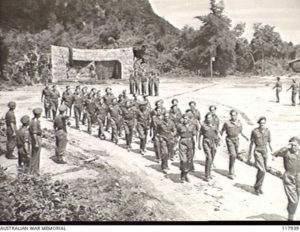
Major Charles Green, 2/4th Machine Gun Battalion was flown from Bangkok to Karot near Ubon to accept the local Japanese commander’s surrender. This took place on 27 August 1945 after which Major Green returned to Bangkok.
Bill ‘Bullets’ Struthers mentions in his diary that his group travelled by train from Bangkok via the old capital of Ayuthaya to Ubon. Please read
You can read the Ubon Honour Roll
If you are interested to learn more about Ubon, please read below.
 |
2nd4th mgb <2nd4thmgb@gmail.com> |
| UBON POW camp Thailand |
There were about thirteen 2/4th boys at Ubon:
WX9294 William ‘Bill’ Finlay BAILLIE – joined ‘D’ Company HQ as batman/runner- at Singapore moved to 13 Platoon under CO Wankey when additional Platoon formed in preparation of defending Singapore. Worked Burma-Thai Railway with ‘D’ Force Thailand, V Battalion. Recovered Ubon at end of war.
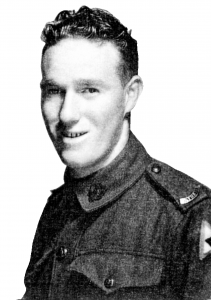
WX7213 Gilbert Valentine HADDEN – ‘D’ Coy 14 Platoon. Former propector from WA Goldfields. Believed to have been hospitalised at Chungkai prior to going Ubon. Initially with ‘D’ Force S Battalion working on Burma-Thai Railway.
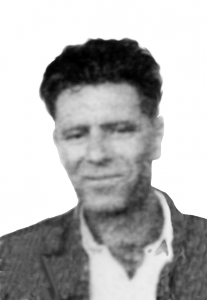
WX8690 James Noel ‘Jimmy’ HALL – driver-stretcher bearer Battalion Headquarters. Worked Burma-Thai Railway with ‘D’ Force Thailand V Battalion. Recovered Ubon.
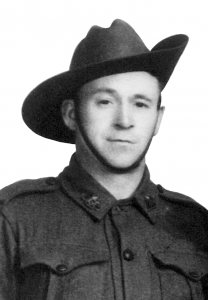
WX17374 Neave FLARTY or FLAHERTY – joined 2/4th as reinforcement with ‘E’ Company SRB. Worked Burma-Thai Railway with ‘D’ Force T Battalion. At Ubon was hospitalised 8 June to 16 June with diarrhoea and again 24 July to 1 Aug with acute bacillary dysentery.
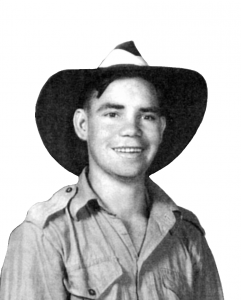
WX11316 Laurence Harold LEWIS – ‘D’ Company Headquarters – missed ‘Aquitania’ at Fremantle, landed Java and taken POW 8 March 1942. Worked Burma end of Burma-Thai Railway with ‘A’ Force Burma, Java Party No. 4 Williams Force. Recovered Ubon, Thailand.
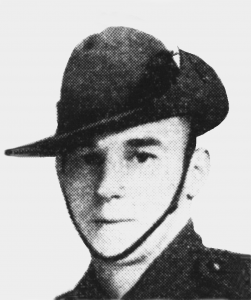
WX7847 Gordon LYNAN – Headquarters Company No. 2 Platoon Anti-Aircraft. Left Singapore with first work force to work Burma-Thai Railway Burma end – ‘A’ Force Burma Green Force Green Force No. 3 Battalion. Recovered from Ubon, Thailand.
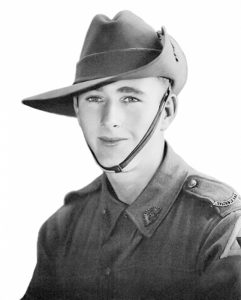
WX5336 James Lewis MURDOCH – Missed reboarding Aquitania at Fremantle, taken POW Java. Left to work Burma end of Burma-Thai Railway with ‘A’ Force Burma, Java Party No. 4, Williams Force. Recovered from Ubon POW Camp, Thailand.
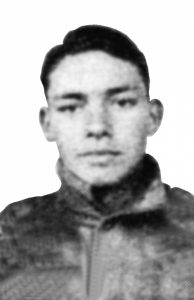
WX16269 Ted RONAN – was reinforcement with ‘E’ Company SRB. Worked on Burma-Thai Railway Thailand with ‘D’ Force Thailand V Battalion. Sent to Ubon. Hospitalised’ from 6 April to 13 April with an ulcer on his foot.

WX7715 Cliff SPACKMAN – With ‘D’ Company15 Platoon under CO Lt Meicklejohn. Left Singapore to work on Burma-Thai Railway with ‘D’ Force Thailand V Battalion. Sent Ubon was hospitalised 15 to 21 July with diarrhoea.
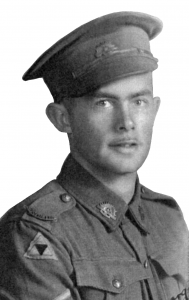
WX8738 Bill or Bullets STRUTHERS – driver HQ Company No. 3 Platoon. Worked Burma-Thai Railway with ‘D’ Force Thailand, V Battalion. Recovered from Ubon.
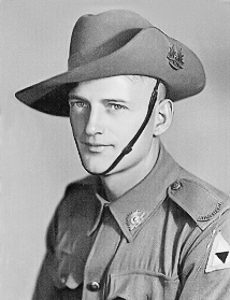
WX10382 John WARRINGTON – ‘D’ Comany 15 Platoon. Sent to work on Burma-Thai Railway with ‘D’ Force Thailand T Battalion. Sent to Ubon was in hospital from 30 June to 8 Aug 1945 with Jaundice and unilateral facial paresis (cause not mentioned)

WX9002 Henry Charles Frederick ‘Harry’ WHITE – ‘D’ Company transferred from 16 Platoon to 13 at Singapore. Sent to work Burma-Thai Railway with ‘D’ Force Thailand Capt Fred Harris Party. Sent to Ubon and hospitalised 16 May to 17 May with intestinal colic which subsided after a few hours.
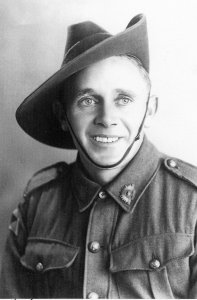
WX12593 Ron ‘Bomber’ WYLLIE- reinforcement joined ‘C’ Coy 12 Platoon. Worked on Burma-Thai Railway with ‘D’ Force V Battalion – a work party with a tragically high death rate. Wyllie was recovered from Ubon.
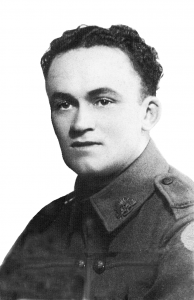
Most of the above 13 men had earlier worked with V Battalion in Thailand. The ‘fit’ men from V Battalion were sent to work in Japan.
